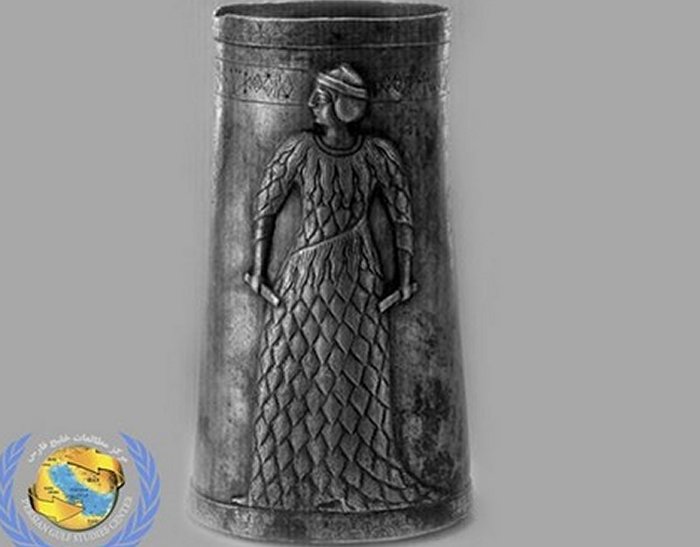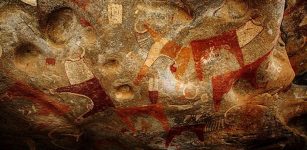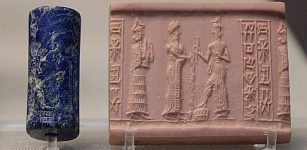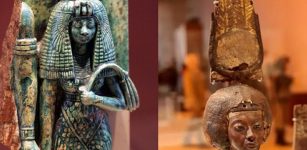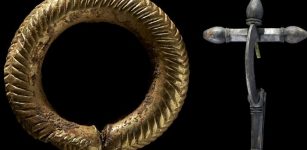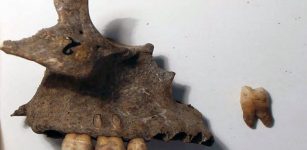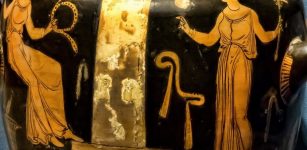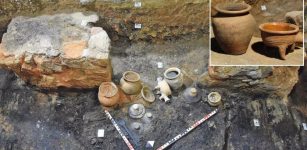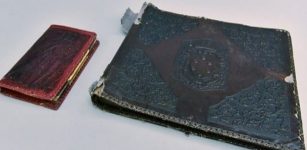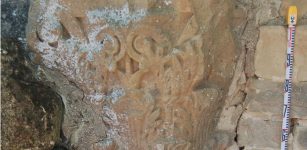3,000-Year-Old Silver Goblet That May Have Belonged To Mannaea Kingdom – Unearthed
Conny Waters - AncientPages.com - A 3,000-year-old silver goblet has been discovered during excavation work carried out in the Ardabil province of northwestern Iran.
The ancient artifact may have belonged to the Mannaean kingdom that ruled the region between 850 and 616 BC, according to Nader Fallahi, head of the Directorate General of Heritage, Handicrafts, and Tourism of Ardebil.
Silver goblet. Photo from Persian Gulf Studies Center (via Daily Sabah)
The name of Mannaea Kingdom was first mentioned in an Assyrian records dated to 843 BC. The Mannaeans fought to maintain their independence on the background of persistent struggle between Assyria and Urartu for seizing the lands around Lake Urmia. Their kingdom flourished during the reign of Iranzu. Having turned into a superpower in the ancient East at the end of VIII.
In the beginning of VII centuries BC, Mannaea covered the lands around Lake Urmia and most of the basin of and southern areas from the River Giziluzen. In the mid of the 7th century BC Mannaea declined and was conquered by the Medes in 590 BC. Its capital was Izirtu.
See also:
Vanished City Of Pasargadae: Capital Of Achaemenid Empire Under Cyrus The Great
Fallahi added that excavations and research by the experts revealed that there was life in the area 300 years before the Achaemenid Empire, also known as the First Persian Empire which began in 550 B.C.
"The goblet can be compared with the silver goblets discovered at the Hasanlu region in (the Iranian province of) West Azerbaijan," he added, referring to the ancient archeological site located in Iran's Solduz Valley.
The silver goblet will be showcased in the Archaeological Museum of Khalkhal
Written by Conny Waters – AncientPages.com Staff Writer

